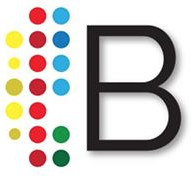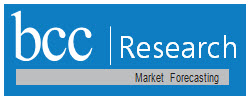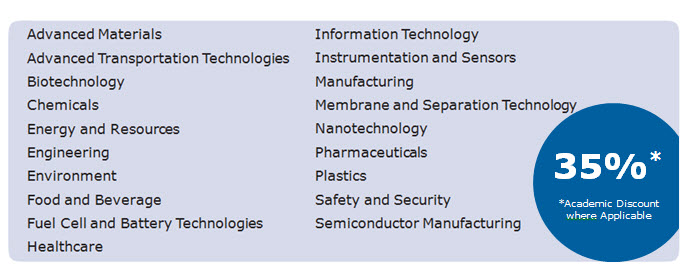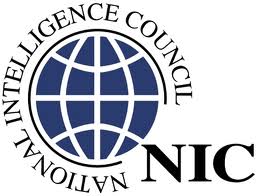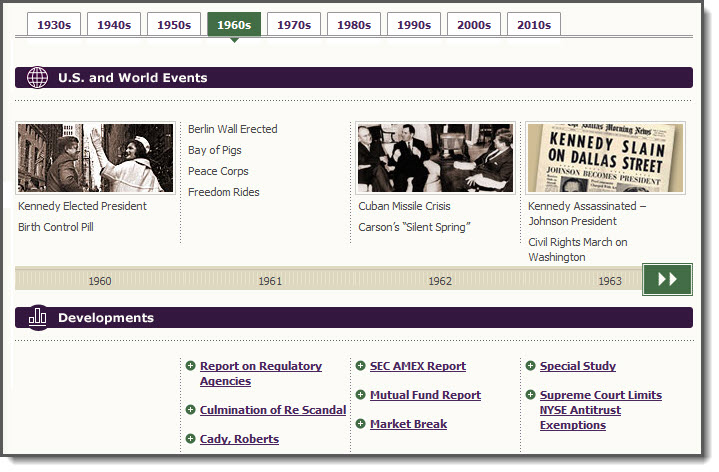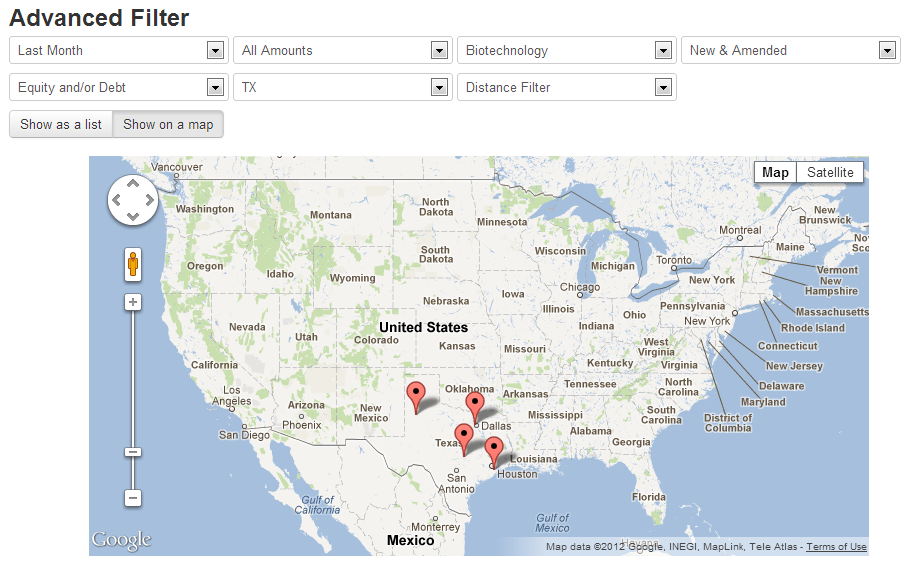We arrived in Vilnius, Lithuania, three days before the start of Cycling for Libraries, so we had a chance to explore this great city.
(For those of you who haven’t heard of Cycling for Libraries, it is an unconference featuring two weeks of library workshops, debates, and tours with a diverse group of international librarians. This year the unique format combined library discussions with 387 miles of bicycling from Vilnius, Lithuania to Tallinn, Estonia. Yep, that’s right, we biked through the Baltics and solved global library issues! The 100+ participating librarians came from 26 countries and worked for national, public, academic, and special libraries. We’ll be writing more about the cycling and library tours in the next few posts.)
Vilnius’s new airport was quaint and easy to navigate. We were greeted with signs advertising “Recharge in Vilnius!”which turned out to be exactly what we did there. While walking around town for 7 hours (trying to beat jet lag), we saw some great gems. If you’re traveling to Vilnius, we highly recommend a visit to Vingio Park, a relaxing park dating back to the 16th century with a really cool Soviet-era stadium where both the annual Lithuanian song festival and Lady Gaga appear in concert. You can rent bicycles there, run through the beautiful forest paths, or just bring a book and chill in the park.

Vingio Park stadium
Gediminas Castle was completed in 1409 and a wonderfully restored tower remains today. You can take a funicular or the stairs up to the top, where you are rewarded with glorious views of the city that show the juxtaposition of the old and the new architectural styles.

View of Vilnius from Gediminas Castle
We were very charmed by Vilnius. The Old Town was picturesque, the restaurants were excellent, and the shopping was some of the best we’ve experienced in Europe. Plus, there’s nothing like sitting in a cafe with a latte watching the rain to make you fall in love with a city.
Our Favorite Places in Vilnius:
Sue’s India Raja totally knocked our socks off. Mint chicken may not sound good, but after one bite, you’ll be hooked. Who knew that the best Indian food we’ve had outside of India would be in Lithuania?
The Coffee Inn chain is the Starbucks of Lithuania, but so much better. Great furniture, free wifi, and good coffee. Recommend are the Frappes and the Almond Latte.
Alchemikas Cocktail Lab – They handcraft the most delicious cocktails. Each drink is a 5-minute work-of-art and as tasty as it is pretty. At half the price of what you would pay in the US, it is also a bargain.
Rental Bike Pick-Up
Picking up our rental bikes from BaltiCCyle for Cycling for Libraries was quite the adventure. We went to the bike shop in the Old Town and were told that the Cycling for Libraries had a special pickup location at the “bike warehouse.” The description of the warehouse was “Go to the big white building with a hook.” Huh? Once we found the building (you’ll note in the picture that the hook was much more obvious than one would imagine), we followed the spray painted signs to the back, where we could pick up our bikes. After a 3 hour ordeal, where we met many of our cycling colleagues, we set out on the streets of Vilnius by bike with our Po Campo bags in tow.

The building with the bike warehouse in the back.

One of many spray painted green bicycle signs leading us to our destination.


After hours of waiting, we had our bikes!
That night we had our first informal meeting at Town Hall, where we got to meet many more members of our new cycling family. We had a great dinner of traditional Lithuanian food, including potato pancakes and beet soup, which comes with more potatoes, the theme of the entire trip. (Seriously, after two weeks of potatoes twice a day, we can never eat another boiled potato. Luckily, we had Chef Pasi on the bike ride and he fed us the most amazing meals ever out of a tent.)

Many of the Cycling for Libraries participants at the Vilnius Town Hall the night before it all started.

Beet soup with potatoes – yum!
Stay tuned for more posts about all of the exciting adventures we had on the road with Cycling for Libraries in Lithuania, Latvia, and Estonia!
By Karen Holt of Librarian Lifestyle and April Kessler. Karen and April are librarians at the University of Texas at Austin and are now super fit after biking nearly 400 miles with amazing librarians from around the world.
